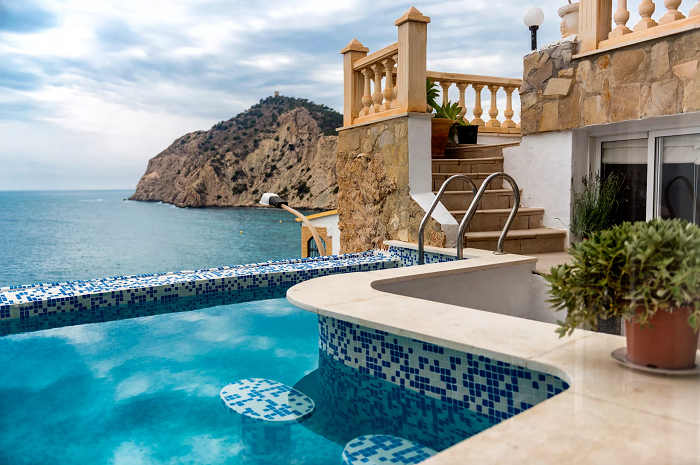The waterproofing of bathrooms is performed either by glow materials or coating. The choice of material depends on the material of the surface of the bathroom and on the timing of the work.
But now coating materials are most often used, since they do not require a carefully prepared surface. For glow materials, it is important that the irregularities are no more than 2 mm, the dryness of the surface treated with bitumen primer before pasting, and requires accuracy when gluing.
Coming materials are distinguished by efficiency and ease of use. Most often use bitumen-response and bitumen-polymer mastic. These mastics are well adequate to the surface and are resistant to various external factors. After applying these mastics, screeds should be poured to obtain better waterproofing rolling with polypropylene reinforcing fiber.
Cement-polymer mastic is also used for waterproofing. This mastic is well adequate not only with a hard surface. The polymer components of this mastic are absorbed by the pores of the base, which improves sealing. In this case, the thickness of the required coating is only 1 – 3 mm.
Before waterproofing, you should get rid of all traces of paint, oil and other similar substances that worsen clutch in the bathroom.








Leave a Reply